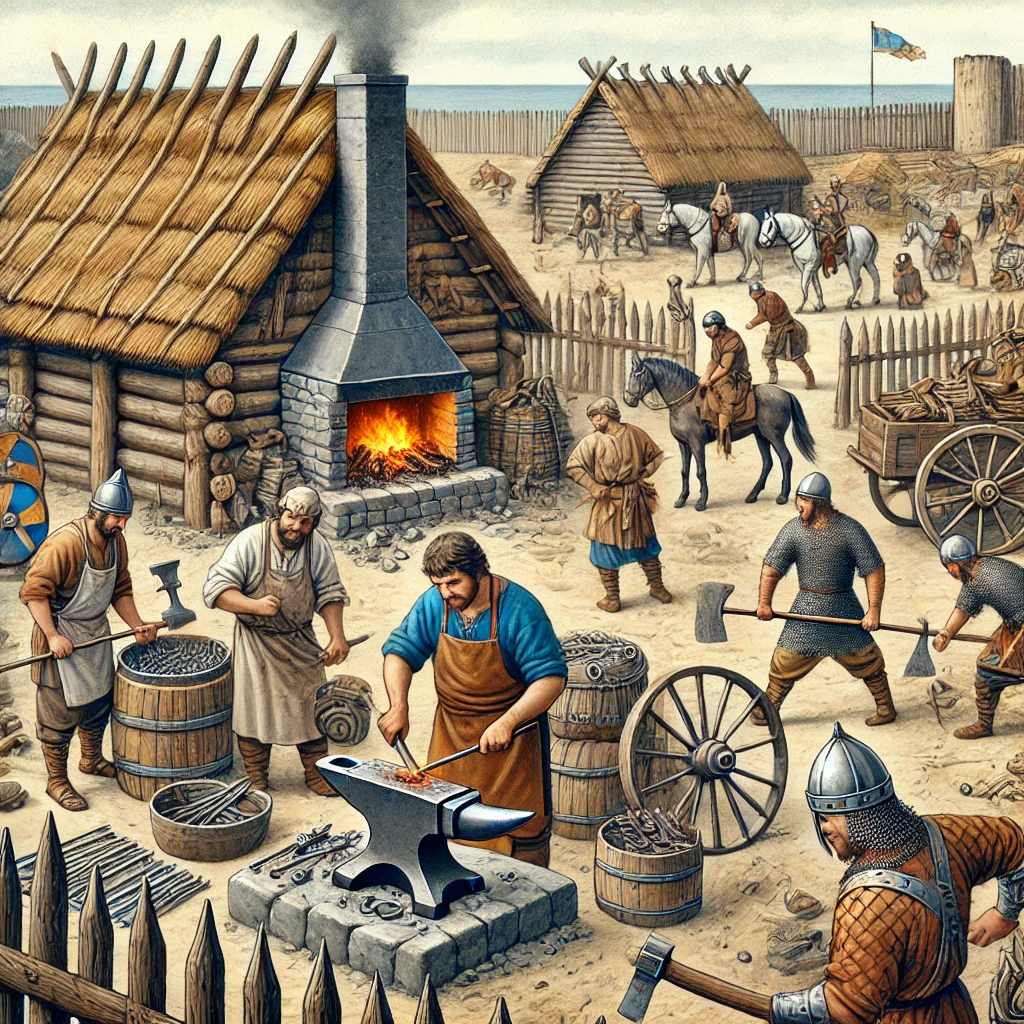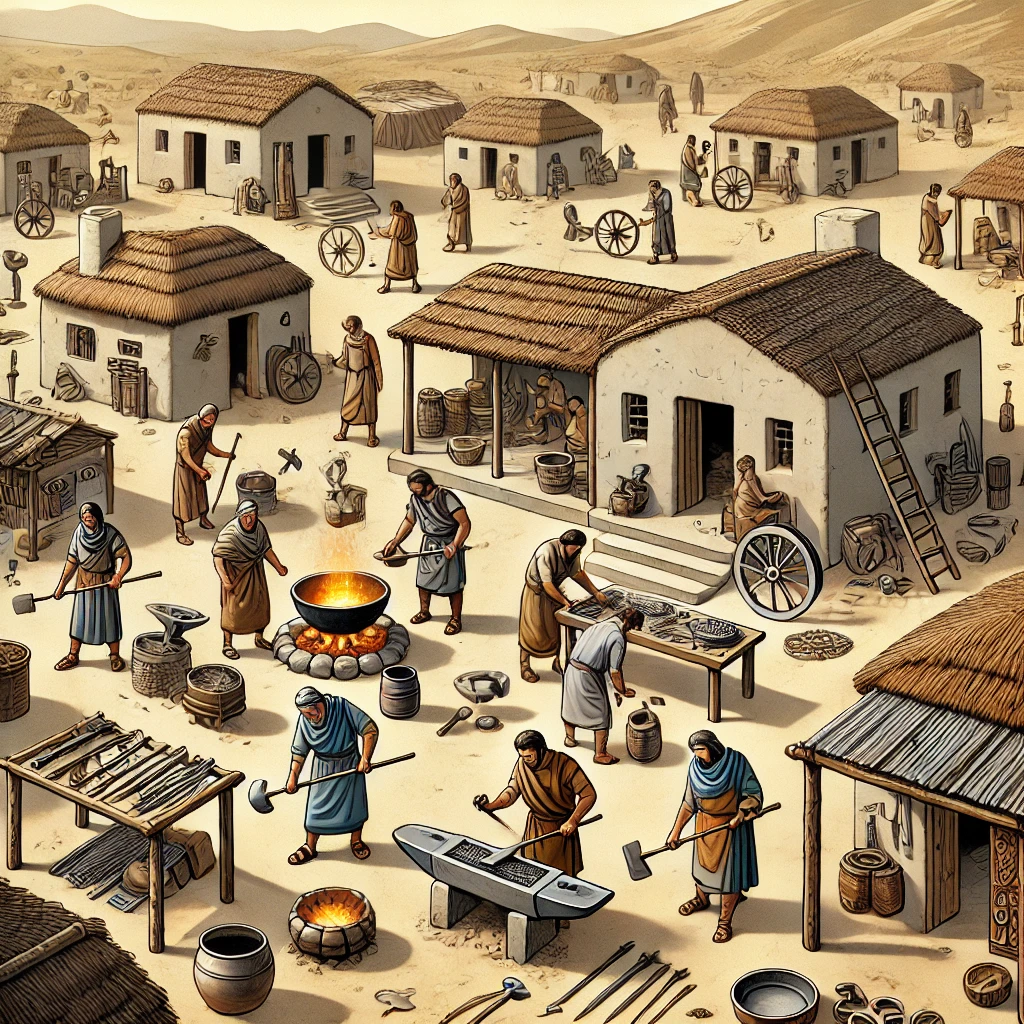Prehistoric times: the beginning of humanity
The prehistoric period, often called the prehistoric period, refers to the vast expanse of time before written records were kept. This era is essential for understanding human evolution, survival techniques, and the foundations of civilization. Spanning millions of years, this era is broadly divided into three main ages: the Stone Age, the Bronze Age, and the Iron Age. Each of these periods played a significant role in shaping the way humans lived.

The Stone Age: the beginning of human innovation
The Stone Age is the earliest known stage of human history, characterized by the use of stone tools. It is further divided into three sub-periods:
Paleolithic Age (Old Stone Age):
Early humans lived as hunter-gatherers, relying on stone tools for hunting and survival. They took refuge in caves, discovered fire, and created cave paintings that provide information about their lives.
Mesolithic Age (Middle Stone Age):
This transition period saw advances in tool making, the domestication of animals, and rudimentary farming.
Neolithic Age (New Stone Age):
The biggest changes occurred when humans adopted agriculture, built permanent settlements, and created early communities. Pottery, carvings, and polished stone tools became widespread.
Bronze Age:
The Rise of Civilizations The discovery of metallurgy marked the beginning of the Bronze Age. Humans learned to extract and mold bronze (a mixture of copper and tin) to make tools, weapons, and artifacts. This period also saw the development of early civilizations such as Mesopotamia and Egypt, where writing systems, trade networks, and organized governance emerged.
Iron Age:
A New Age of Growth The Bronze Age was followed by the Iron Age, characterized by the widespread use of iron for tools and weapons. Iron was more abundant and durable than bronze, leading to the expansion of agriculture, warfare, and manufacturing. During this time, many ancient civilizations flourished, leaving their indelible mark on history.
Survival and Cultural Evolution Throughout prehistoric times, humans demonstrated incredible adaptability. They developed hunting techniques, formed social groups, and created art, which is evidence of their creativity and intellectual growth. The transition from a nomadic lifestyle to settled agricultural communities laid the foundation for the world as we know it today.
Conclusion
Although no written records exist from this era, archaeological discoveries continue to provide valuable information about the lives of our ancestors. Understanding the prehistoric period helps us appreciate the journey of human evolution and the remarkable advances that led to our current society.


